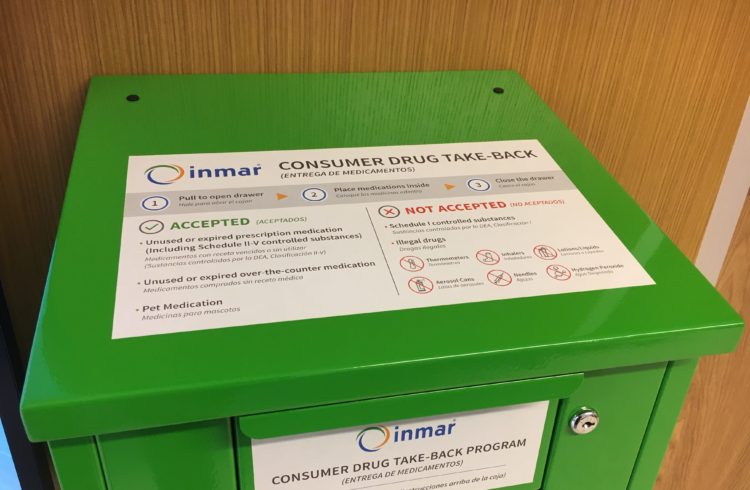
An ingenious new technique is making it quicker and easier for scientists to identify the function of uncharacterized proteins in cells. The method, developed by researchers primarily from the Wladek Minor laboratory at the University of Virginia School of Medicine, already is being used to solve some of the most stubborn mysteries of cellular function.
The importance of the new technique is underscored by the vast numbers of proteins with purposes science can’t explain. “In humans, more than 50 percent of the proteins that are present or that we know exist from genome sequencing, we don’t know what they’re doing,” says UVA researcher Igor Shumilin. “They’re there for a reason, they’re important, we produce them and they’re obviously doing something. We just don’t know what. To describe what a cell is doing, how cellular processes work, we have to better identify how each of the components work.”
That understanding is a vital step in devising the medical treatments of tomorrow. “Let’s say your car engine breaks and you need to fix it. To be able to fix it, you should know what things are,” Shumilin says. “Imagine if you don’t know what half of the parts of your car are doing and you’re trying to do something with it. It’s not such a great chance that you will succeed.”
The new technique is particularly useful in identifying the proteins about which the least is known. Unlike the traditional approach to determining function, the new methodology requires no information about the unknown protein. “There are methods that are allow you to connect a protein … to something known, to assume it does something similar,” Shumilin says. “But what we have developed is different. It’s a different, independent approach that does not require any preliminary information. So it’s particularly good with true unknowns.”
The new approach probes a protein’s function by examining how it interacts with cocktails of chemicals carefully chosen to represent the large variety of compounds naturally found in living cells (known as metabolic compounds). Because proteins are selective about which metabolic compounds they do or do not bind, scientists can unlock their function based on this information. The process starts with a surprisingly small library of compounds, only 100 or so; once the initial interactions are observed, scientists then have a clue as to what kinds of metabolic compounds should yield more specific information. So instead of having an impossibly large number of potential metabolic compounds to test – thousands upon thousands – they can begin with only a few dozen.
“It’s an approach from a new direction,” Shumilin says. “Basically we have created a really nice shortcut.”
The new technique is described in a paper published by the journal Structure, and it quickly became one of the site’s most downloaded articles.
The paper was authored by Igor A. Shumilin, Marcin Cymborowski, Olga Chertihin, Kula N. Jha, John C. Herr, Scott A. Lesley, Andrzej Joachimiak and Wladek Minor.



